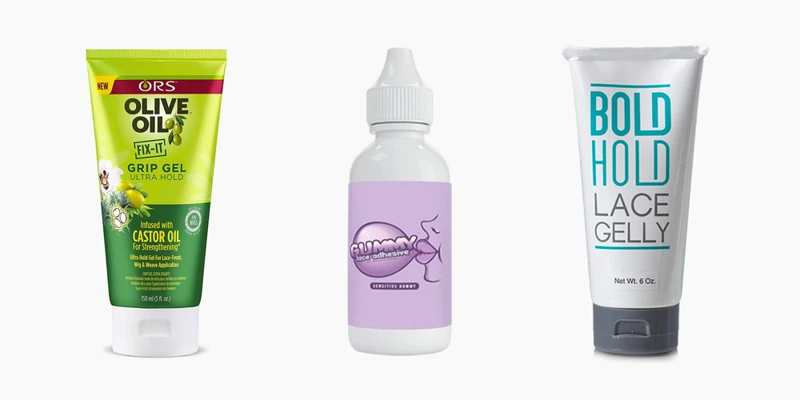I've had a chance to use Jue-Fish twice now.
The first application was to glue a torn rubber corner off my partner's iPhone case, back onto the rigid plastic core of the case. I'm awaiting results from real-world testing, but it was easy to apply, stuck quickly, and seemed to stick extremely well to two very dissimilar surfaces.
The second application was on a figure I'm working on - a large Pumpkinhead figure molded in PVC. I'm using Apoxie to clean up the piss poor OEM joint seams and convert it into a statue. It's big, and the arms are long, which put a lot of leverage force on the wrist joints. I initially used CA on them, then Apoxie to fill the gaps. But after a lot of sanding and filing to sculpt the textures back in I noticed today that there are hairline fractures on both wrists where the Apoxie is not holding on to the PVC strong enough to compete with the flexibility of the leveraged PVC. So I tried Jue-Fish, couldn't quite get it down into the cracks as much as I would have wanted but after only 45sec of hand pressure the wrist joint cracks totally vanished and didn't reappear even when I put more force on them than before. This glue could be the real deal!

